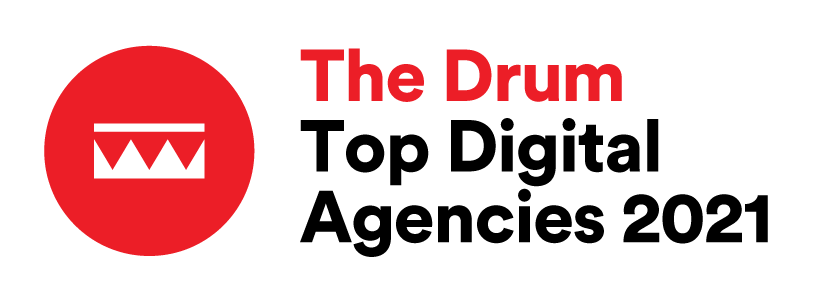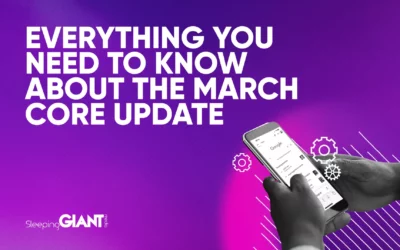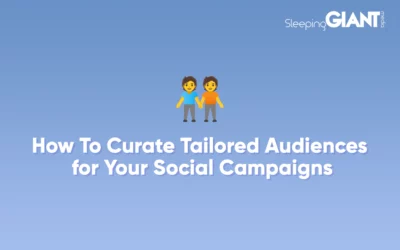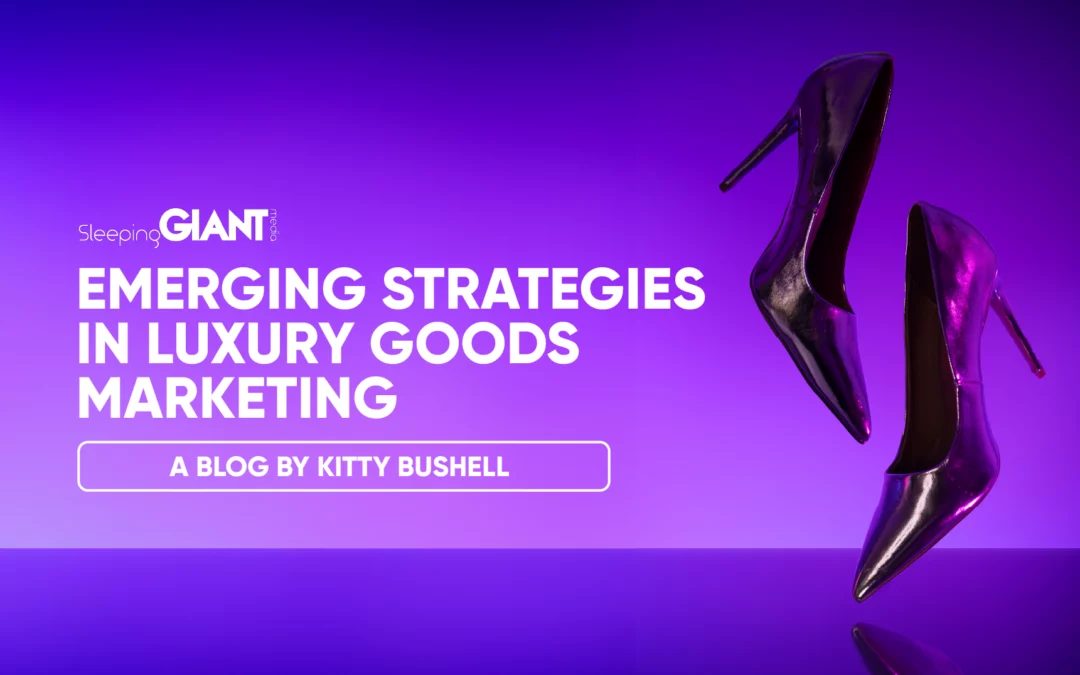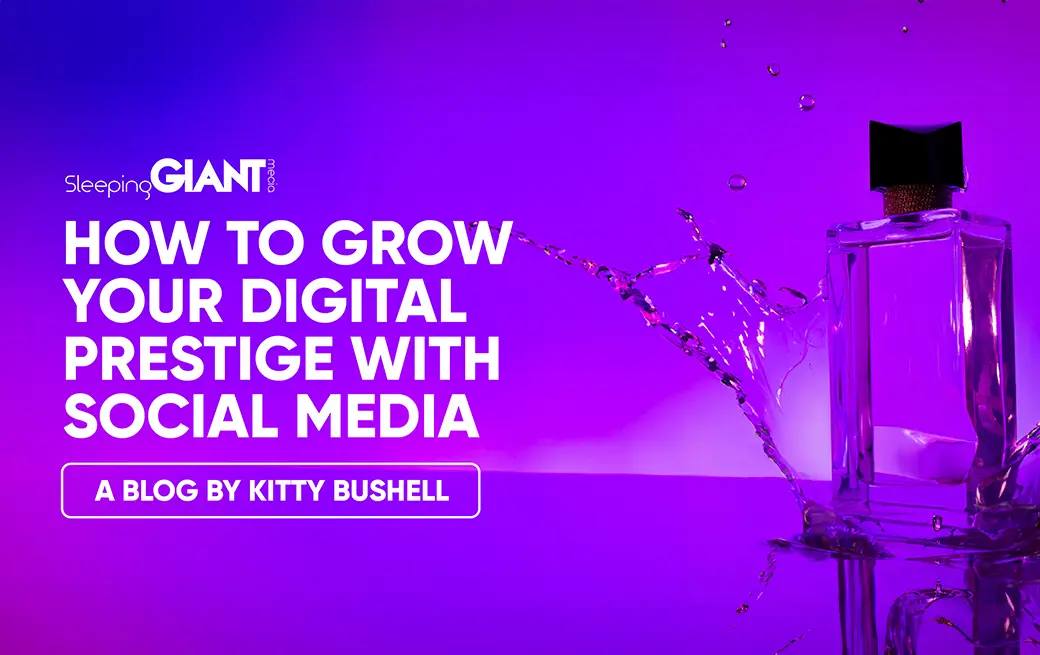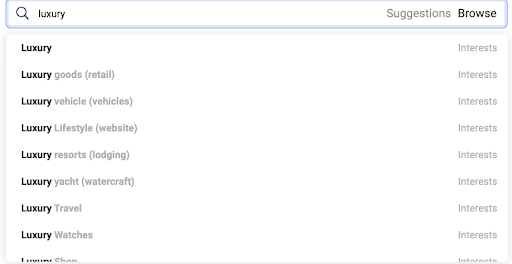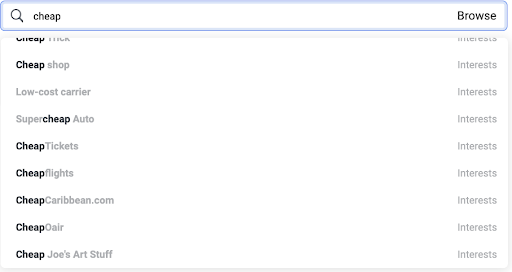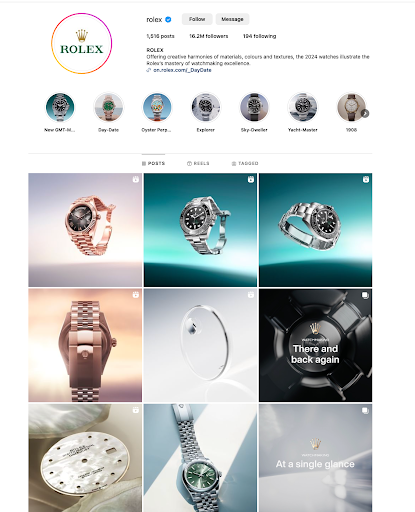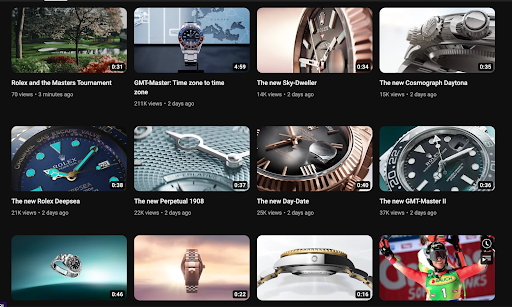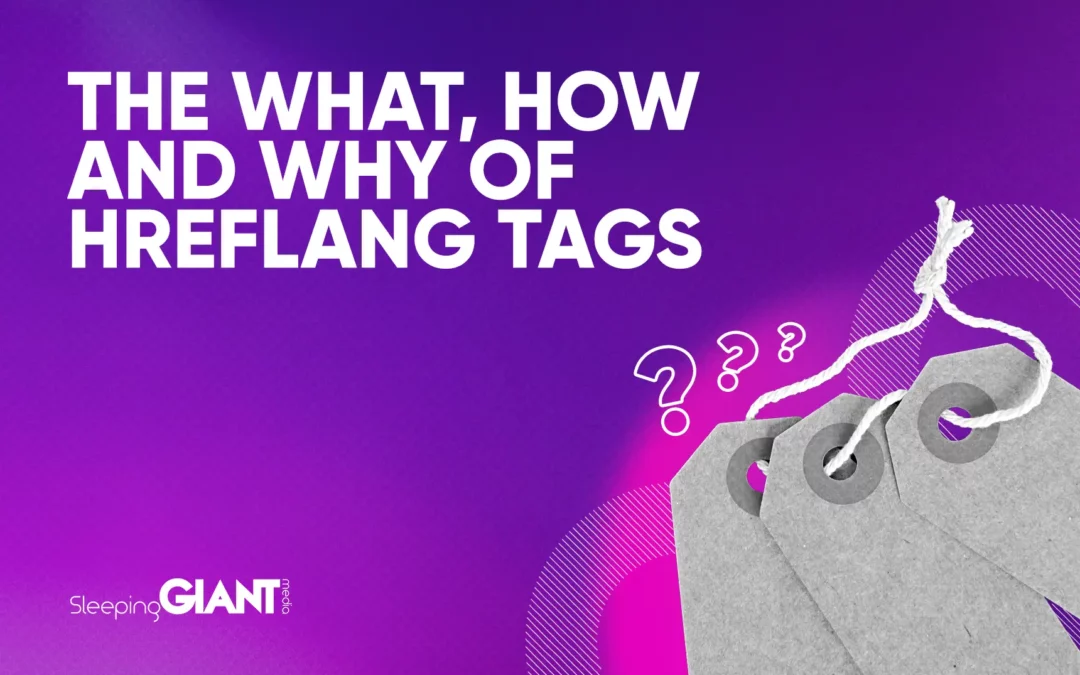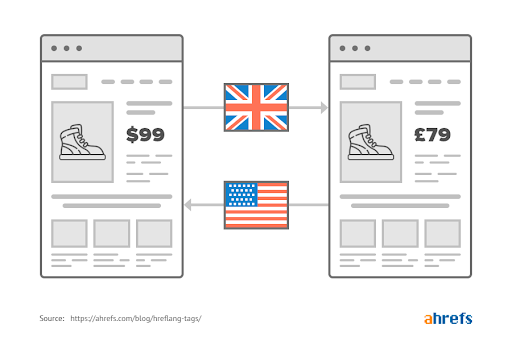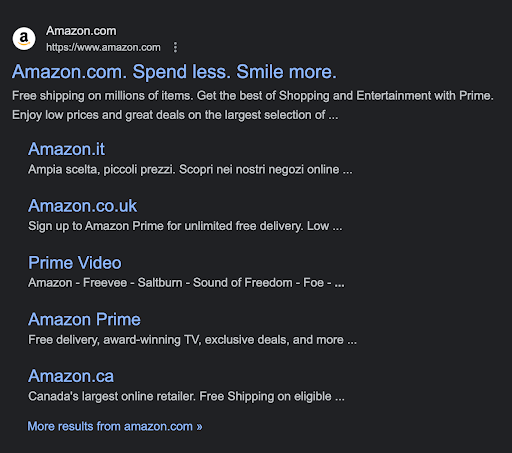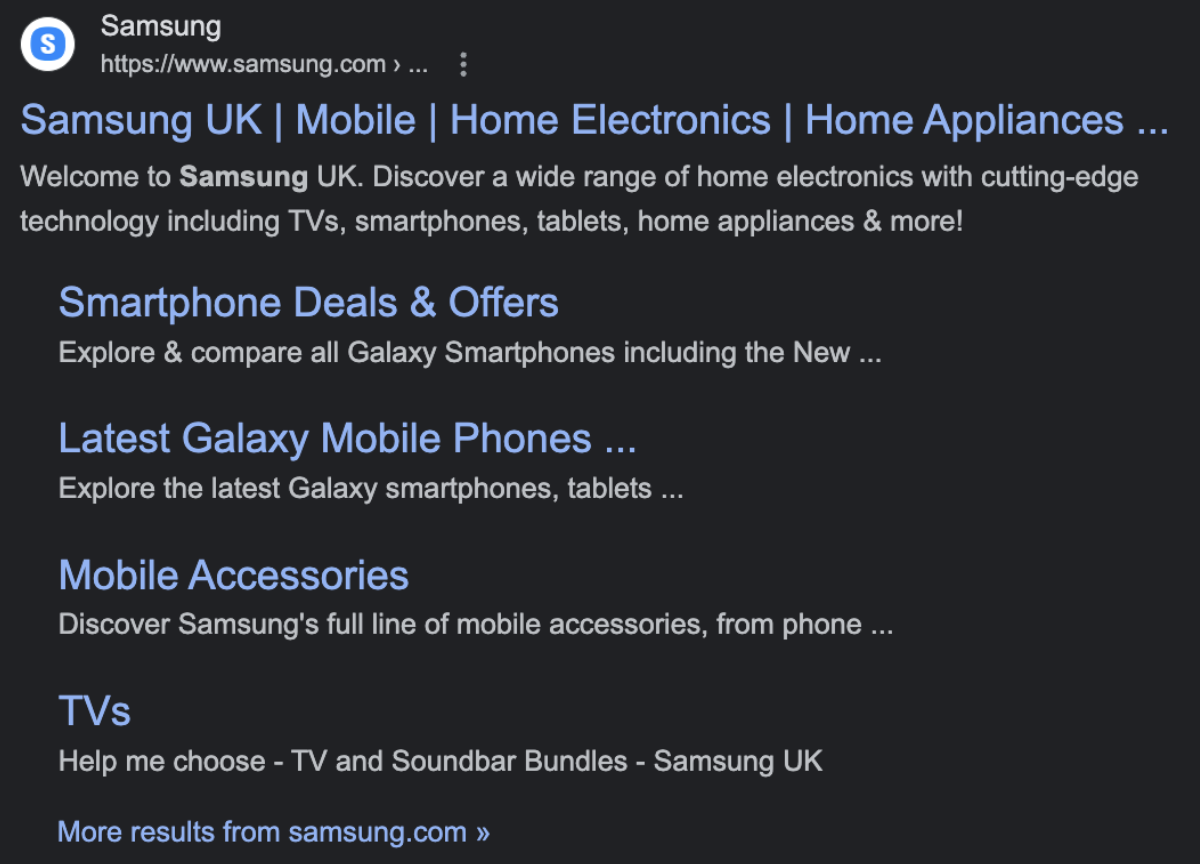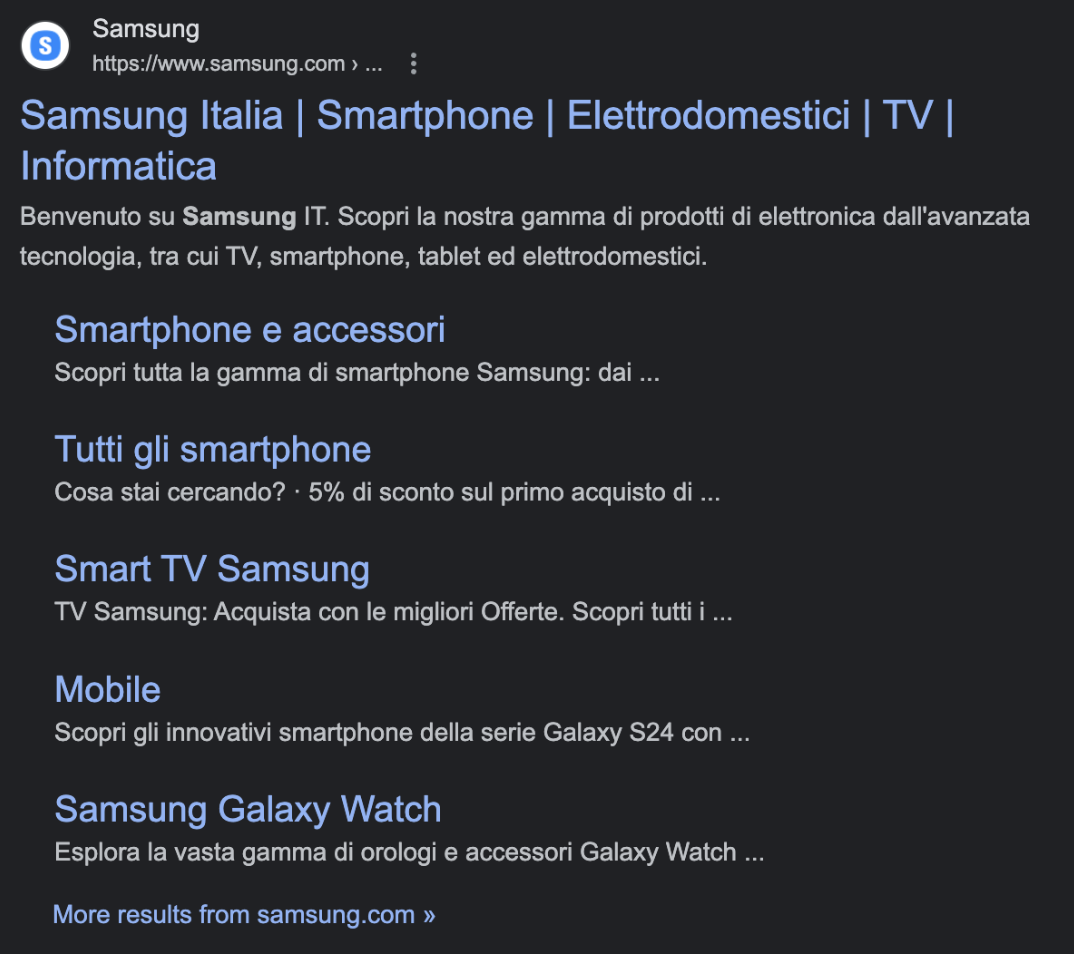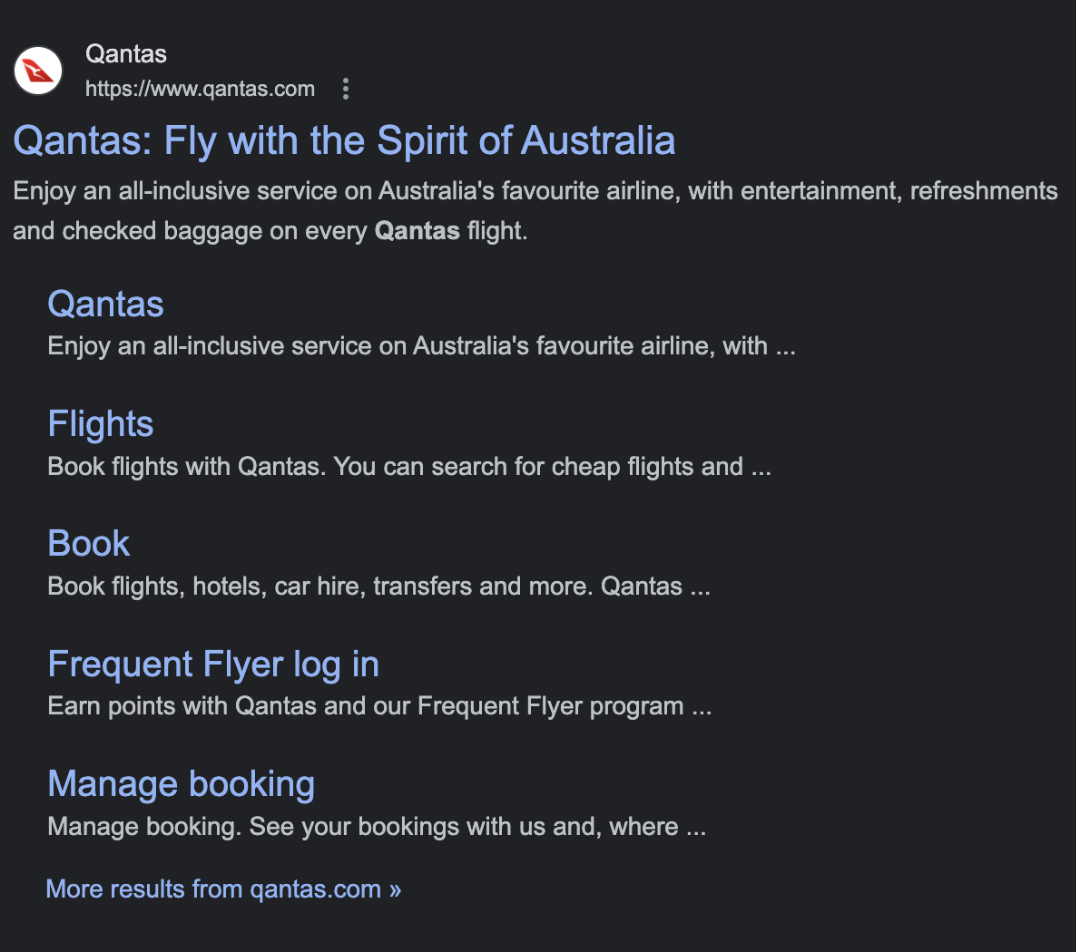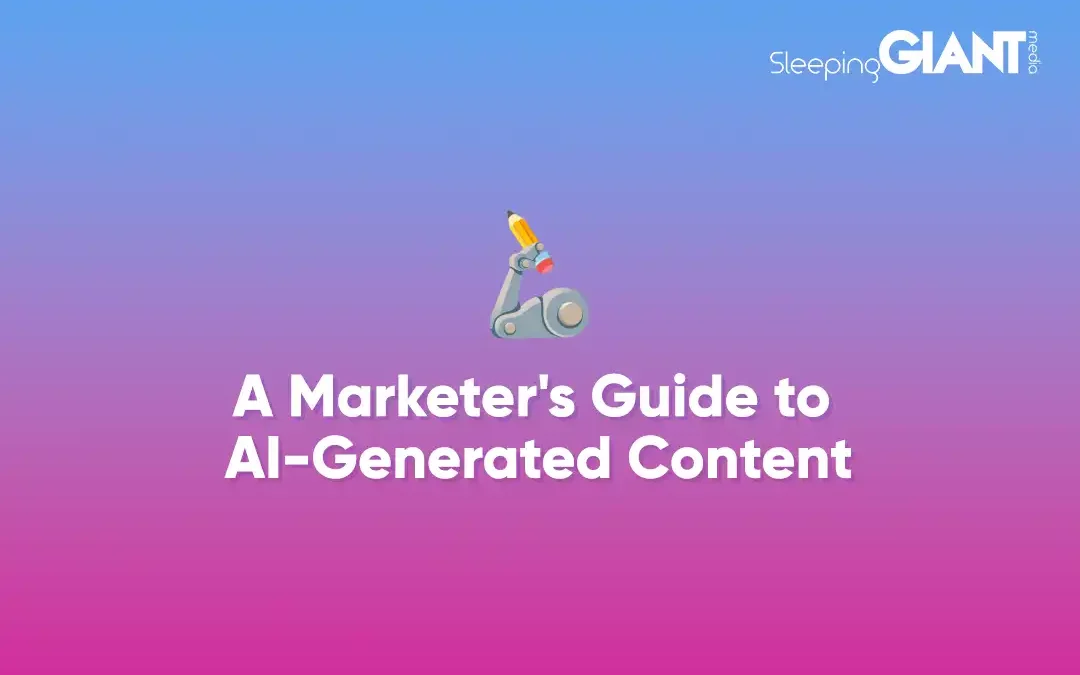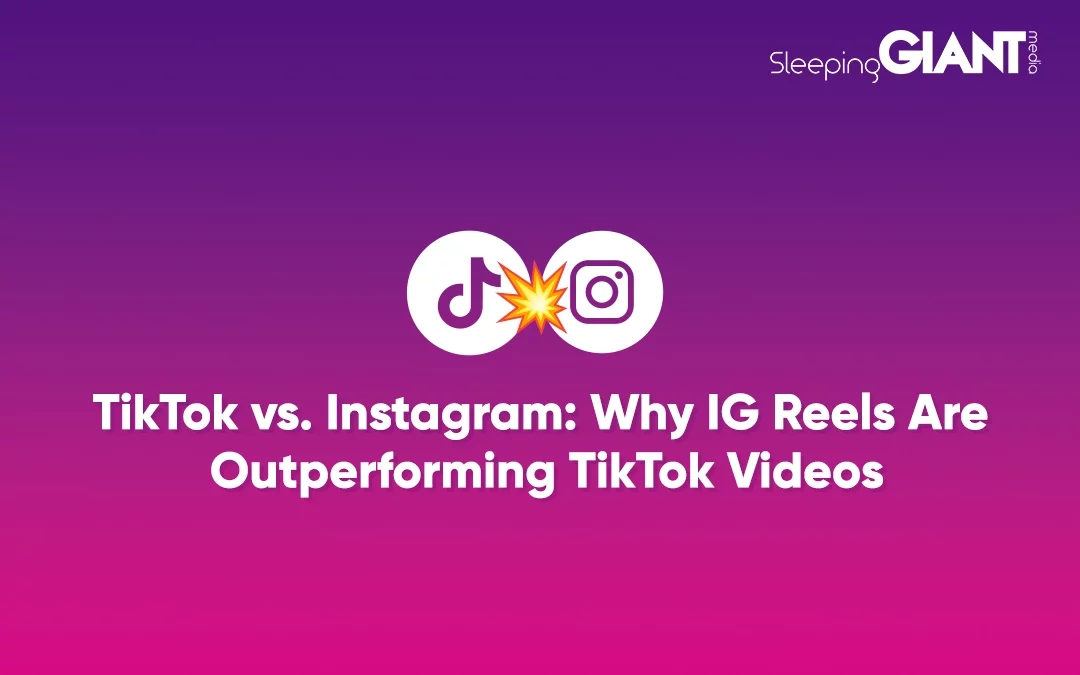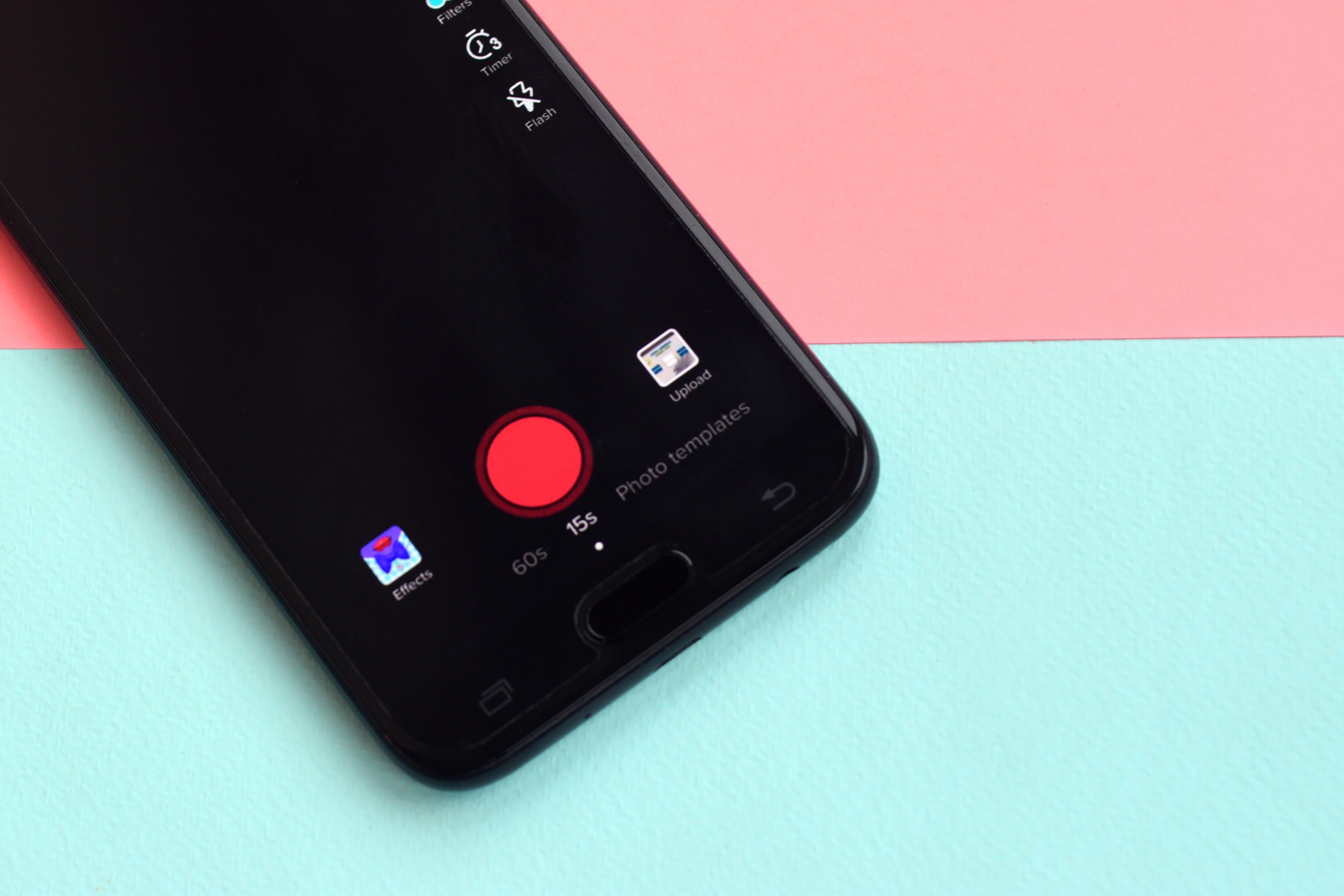We knew it wouldn’t be long before Google released their first core update of...
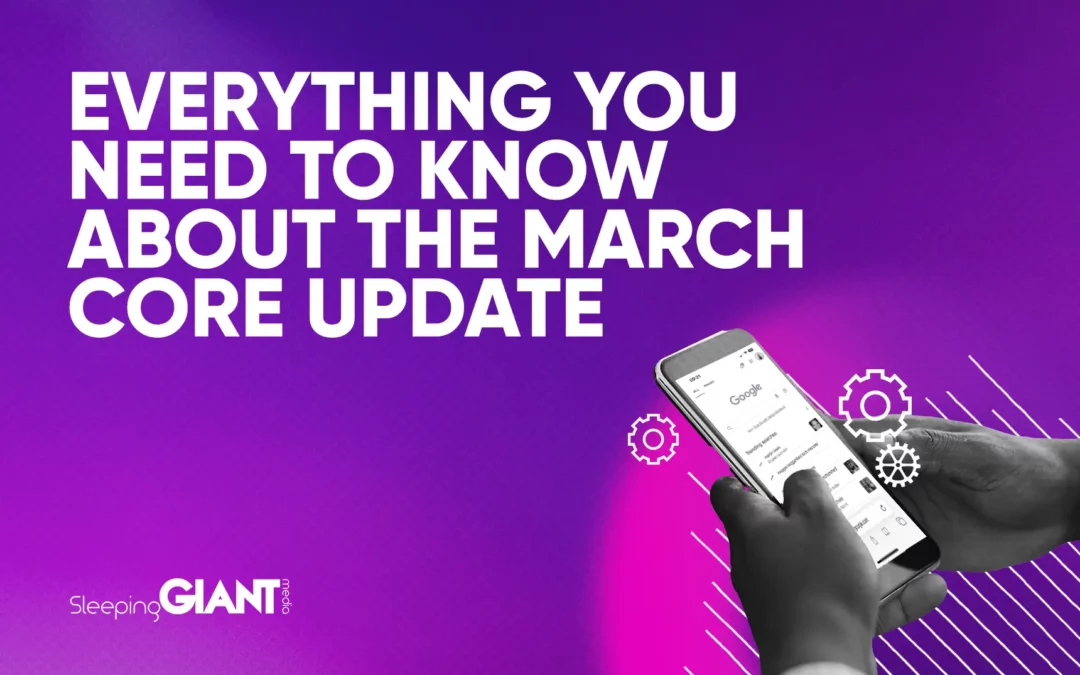
Everything you Need to Know About the March Core Update
Home >
Everything you Need to Know About the March Core Update
We knew it wouldn’t be long before Google released their first core update of 2024 and, unsurprisingly, it’s been a big one.
In March’s core update, Google has continued their focus on reducing low-quality, unoriginal content, introducing new policies and features to help clear out their search engine results pages (SERPs) of spam.
We’ll be going into more detail about the core update and the new spam policies, so if you’re interested in learning more about the update features and policies and how they may impact your business and website, keep reading.
What did the March core update feature?
As we know, Google uses core updates to make updates to its search algorithm. In October, they focused on improving search results and minimising spammy and low-quality content – a theme that has continued into 2024.
With AI usage increasing and becoming more popular, Google took action in March to tackle low-quality content and introduce new spam policies targeting manipulative practices. Google hopes that, by introducing this update, spammy and low-quality content will reduce by 40%, helping SERPs to showcase more useful and valuable content for users.
So, how does the spam update work? And, how will it impact businesses and website owners?
Understanding the spam update
The spam update focuses on two key things:
- Reducing low-quality, unoriginal results
- And, keeping spammy content out of SERPs
According to Google, the update will focus on:
“refining some of our core ranking systems to help us better understand if webpages are unhelpful, have a poor user experience or feel like they were created for search engines instead of people. This could include sites created primarily to match very specific search queries.”

Google has also updated their algorithm to include spam-fighting systems and spam policies that will include scaled content abuse, expired domain abuse and site reputation abuse. The first two policies came into effect immediately, however, site reputation abuse won’t come into effect until May 2024.
You may be thinking, what constitutes scaled content abuse or expired domain abuse? Well, we know that Google has been working hard to tackle automated and AI generated content in favour of supporting original content that focuses on Experience, Expertise, Authority and Trustworthiness (E-E-A-T). Whilst AI can be helpful for inspiration, mass-producing automated content leads to unoriginal, and most of the time unhelpful, content that can impact the results of content that is useful and valuable. As for expired domain abuse, Google is on a mission to reduce the purchasing and repurposing of expired domains that are used for the primary intention of boosting the ranking of low-quality content.
Best practices for staying compliant with Google’s spam update
As you can imagine, this is a pretty big, hard-hitting update that Google has released. In general, users may experience a drop in rankings when a core update is released but this usually starts to recover when the next update comes. We saw a big hit for users in the last half of the year with all of the core updates released and it appears the March update may not have helped matters. Whether this is a fault with the March update itself, or it really has had a bigger impact than expected, remains to be seen. But, there are best practices that users can follow to help improve the rankings of their webpages.
Avoid automated content
Seems self-explanatory and something that’s been shouted about for some time, but we feel it’s important to emphasise. Whilst there are benefits to using AI to inspire content ideas for example, it should not be solely relied upon. For one, it’s not entirely accurate in the data and facts it presents, and two, it lacks the human element that makes the content engaging to read.
E-E-A-T is the winning formula that will ensure your content is seen as helpful and valuable to Google.
Be careful of third party content
As per the site reputation abuse policy, Google will be cracking down on low-quality, third party content posted on websites for search ranking benefits. The best way to combat this is to be mindful of the third party content posted on your website. If it’s not high-quality content then it’s time to make changes to your website.
Don’t purchase and repurpose expired websites
It’s becoming a trend to purchase and repurpose expired websites in order to boost search rankings for low-quality content. Google considers this as spam and, therefore, will be taking measures to crack down on this practice and push high-quality content to the top pages.
Navigating Google’s core updates
There’s always a lot to unpack with Google’s core updates, and March’s update was no different. At this time, we’re not sure when the next update will be released but, as always, we’ll be here to help you navigate the changes.
Our SEO team is always on hand to answer any questions you may have about the core updates. Get in touch with the team today or check out our SEO marketing how-tos.
In the meantime, keep up-to-date with the latest SEO news and trends on our blog.
Blog
Giant Wednesday
How To Curate Tailored Audiences for Your Social Campaigns
When it comes to targeting users for paid social media activity, there’s an...


